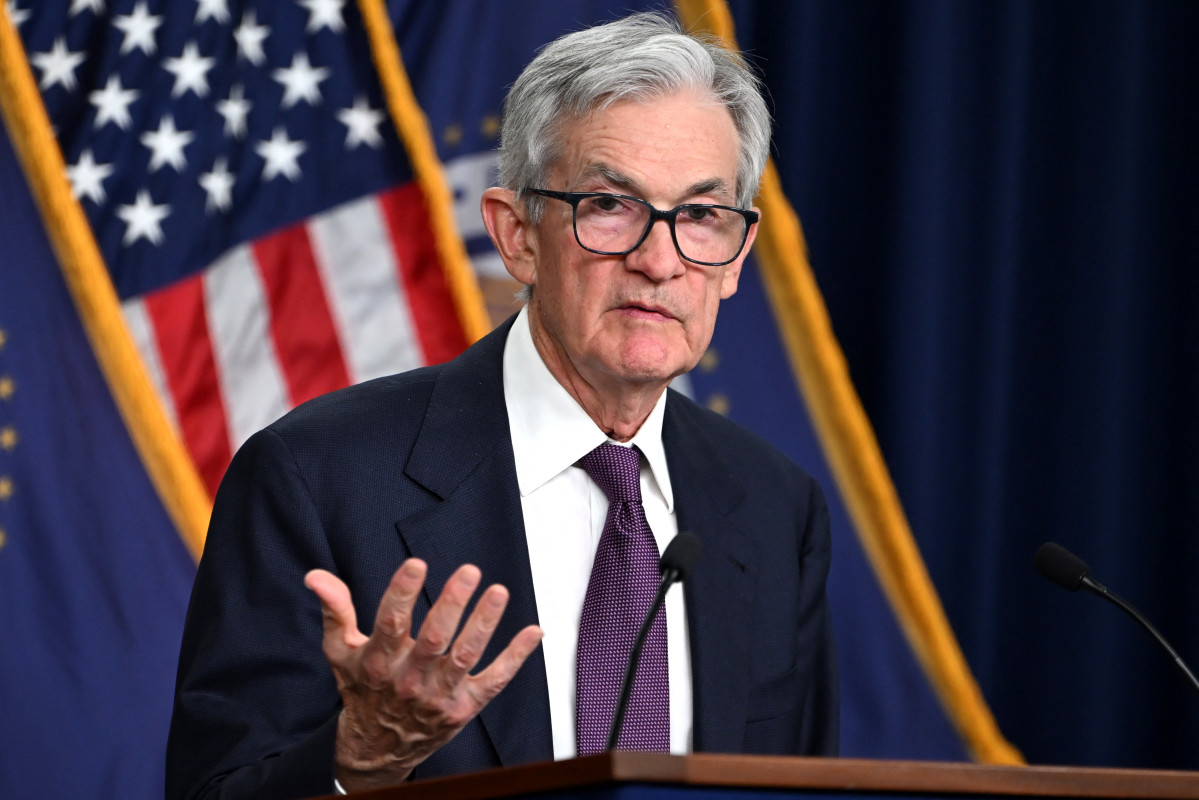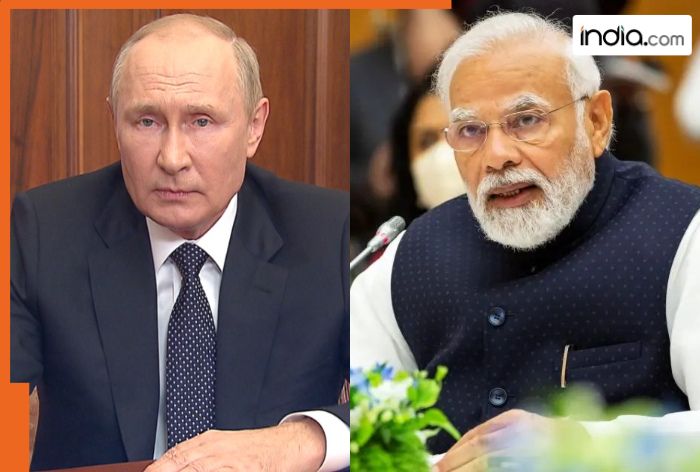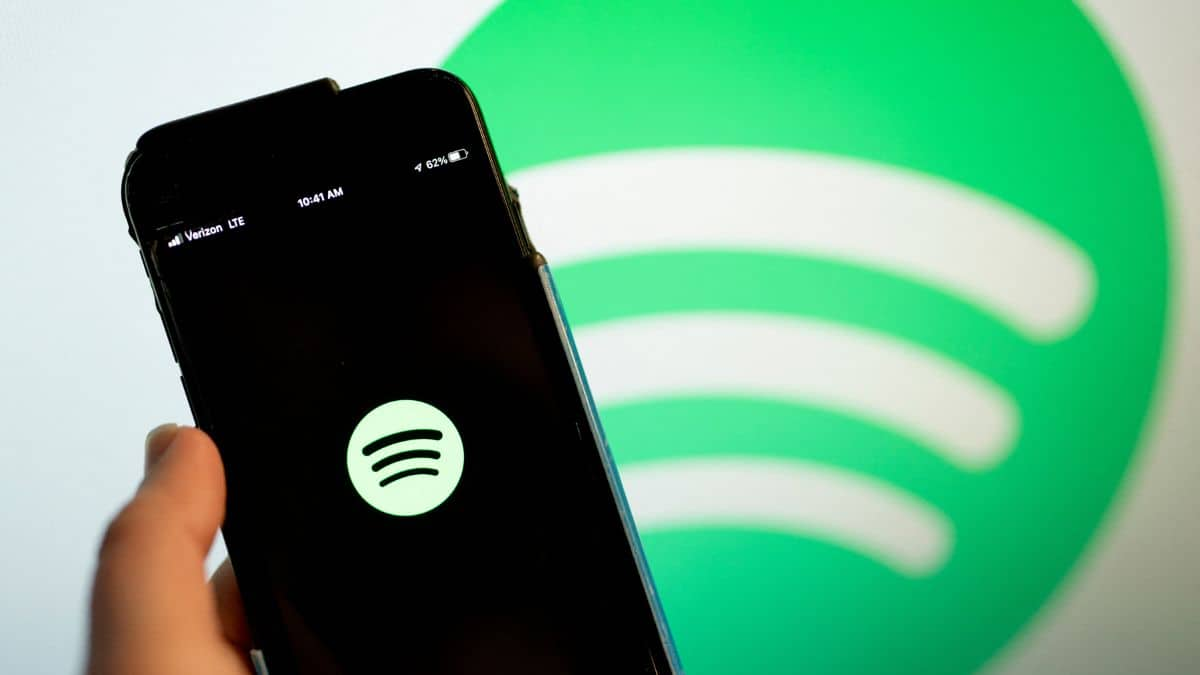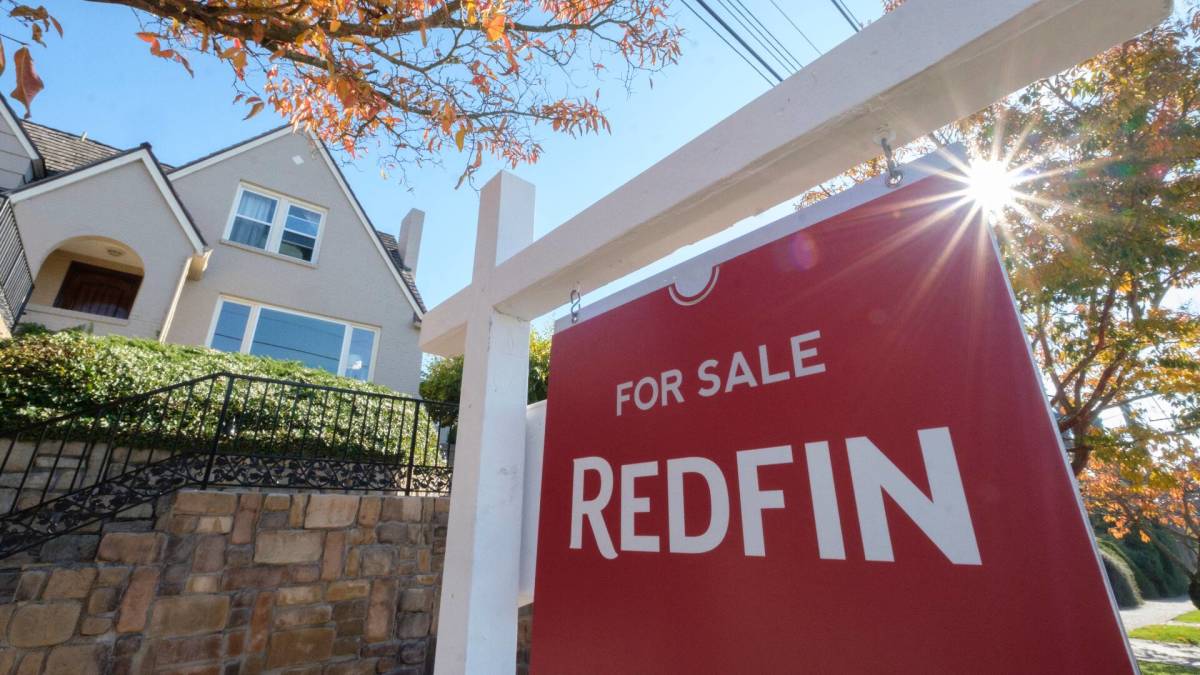Next Fed interest-rate cut could slide into 2026
Sticky inflation, murky economic data, and growing divisions inside the Federal Reserve could create an inflection point for monetary policy in just a few weeks. Markets were pricing in a near-certain December interest-rate cut not long ago. Even some Fed officials expected the central bank to ...

Sticky inflation, murky economic data, and growing divisions inside the Federal Reserve could create an inflection point for monetary policy in just a few weeks.
Markets were pricing in a near-certain December interest-rate cut not long ago. Even some Fed officials expected the central bank to deliver a third reduction in 2025.
Now it looks more like a coin toss.
The Fed appears to be splitting into three camps: dovish, hawkish, and undecided. Policymakers are also weighing both sides of the central bank’s dual mandate: stable prices and maximum employment.
Balancing that mandate is delicate and risky:
- Lower interest rates support hiring but can fuel inflation.
- Higher rates cool prices but can weaken the job market.

Photo by ANDREW CABALLERO-REYNOLDS on Getty Images
Investors cheered October Fed interest-rate cut
The government shutdown means the Fed is operating in a bit of a data fog until missing leading economic indicators get back up to speed later this year.
Pre-shutdown data showed inflation ticking up at 3% year over year, and unemployment at 4.3%.
More Federal Reserve:
- Fed official warns inflation is still too high for more rate cuts
- Powell shocks markets as Fed signals pause on interest rate cuts
The Fed’s quarter-percentage point cut to a 3.75% to 4.00% benchmark Federal Funds Rate in October aimed to make short-term borrowing cheaper, potentially spurring spending and shoring up weakness in the employment numbers.
NPR reported on The White House's Nov. 14 announcement that it would roll back tariffs on food items such as coffee, bananas, and ground beef; the impact on the nation’s supply chain and on households remains to be seen.
Price pressures on goods like groceries are not just from tariff inflation, but also emerging concerns in the service sector, especially elder-care and day-care costs.
Employers are timid to hire, and some — including Amazon, UPS, and most recently, Verizon — have announced thousands of layoffs this fall. The advent of AI and the Trump administration’s immigration policy represent additional job-market factors.
Inflation becomes top of mind for some Fed officials
The shutdown has forced the central bank officials — the seven members of the Board of Governors and the 12 regional bank presidents — to rely on private surveys and other data.
Twelve of them will vote when the FOMC meets Dec. 9-10.
Fed officials broadly agree the labor market has cooled, but are split over whether the slowdown will intensify.
And while the doves are “sanguine" over inflation, hawks are warning that further interest-rate cuts risk years of progress on inflation.
Boston Fed President Susan Collins voted for the September and October rate cuts but said Nov. 13 she is concerned about inflation risk.
“Absent evidence of a notable labor-market deterioration, I would be hesitant to ease policy further, especially given the limited information on inflation due to the government shutdown,’’ Collins said.
Related: Fed official sends strong signal on December interest-rate cut
On the same day, Atlanta Fed President Raphael Bostic suggested the FOMC could be tilting against what had been an expected third straight cut next month, the Associated Press reported.
Bostic also voted for the September and October rate cuts.
October FOMC dissenters speak out
Kansas City Fed President Jeff Schmid was one of the two Federal Open Market Committee members to dissent from its vote to lower interest rates in October.
He wanted to hold rates steady, arguing that still-strong economic growth could reignite inflation pressures.
He said Nov. 14 that he was hearing mounting concerns about inflation, especially health-care, electricity and insurance prices.
Schmid said tension in the dual mandate is guiding his thoughts ahead of the Fed’s Dec. 9-10 FOMC meeting, though he added he remains open to new information in the coming weeks.
Fed Governor Stephen Miran also dissented in October, but in favor of a jumbo 50-percentage-point cut, repeating his stance in September at his first FOMC meeting.
Miran said he would continue to push for a jumbo rate cut in December but was open to new data findings.
“Nothing is certain. We could get data that would make me change my mind between now and then,” Miran told CNBC Nov. 10.
Wall Street looks to 2026 for interest-rate cuts
Fed Chair Jerome Powell knocked back expectations of a December interest rate cut in a press conference following the Oct. 29 FOMC vote.
“Far from it,’’ he told reporters.
The CME FedWatch Tool slumped down to a 44.4% chance of a December rate cut on Nov. 14.
So forget December. What about January?
Some Wall Street firms believe a rate cut in January 2026 is unlikely if inflation remains elevated, according to the Financial Times (subscription required).
That said, several major houses expect the Fed to begin easing its policy rate in 2026, just on a slower schedule than many investors hoped.
For instance, BlackRock projects the Fed’s target for the funds rate could fall to around 3.4% by the end of 2026.
Likewise, Goldman Sachs and Morgan Stanley expect the easing cycle to continue into 2026 which implies that if a cut happens, January is possible but not so much.
Related: Fed official warns inflation is still too high for more rate cuts
What's Your Reaction?




















































